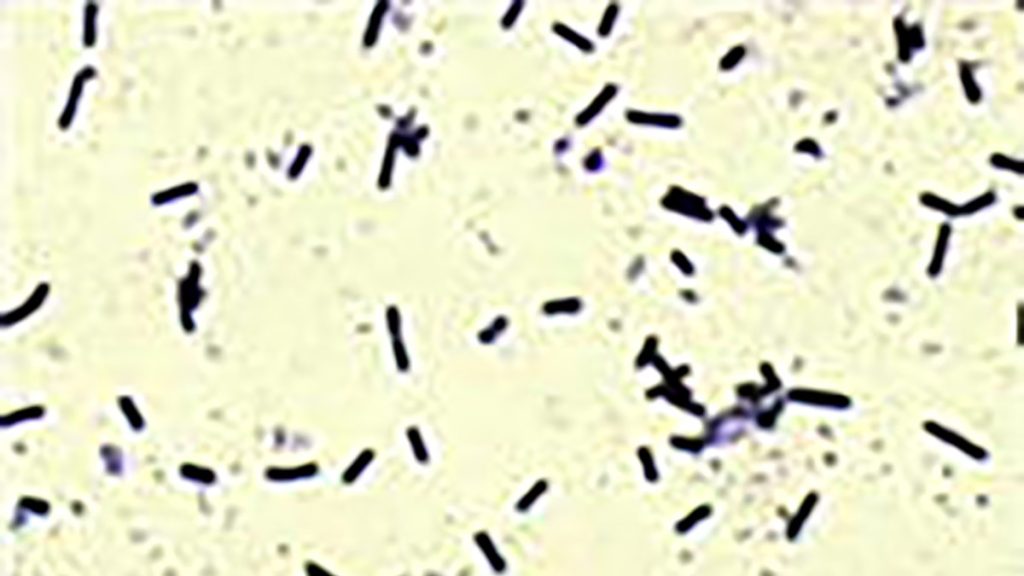Understanding Clostridium sordellii: A Rare but Serious Infection to Watch Out for After Taking Abortion Pills
When considering abortion pills as a method for pregnancy termination, it’s essential to be informed about all potential risks involved. One such risk, though rare, is an infection caused by Clostridium sordellii, a dangerous bacterium that can lead to severe complications. Understanding the symptoms and taking the right precautions can significantly reduce the risk of this infection.
This article will educate women on Clostridium sordellii, helping you to identify symptoms, understand the associated risks, and take steps to protect your health during a medical abortion.
What is Clostridium sordellii?
Clostridium sordellii is a type of anaerobic (oxygen-free) bacteria that can cause severe infections. It is a rare cause of infections following medical procedures like abortions, miscarriages, and childbirth. When the infection occurs, it can lead to life-threatening complications, including sepsis, shock, and organ failure.
Although rare, cases of Clostridium sordellii infection following the use of abortion pills have been reported. Timely recognition of symptoms is crucial for preventing severe outcomes. For a more detailed overview of the abortion pill process, including safety precautions, visit our Abortion Pill FAQ page.
How Does Clostridium sordellii Affect the Body?
When Clostridium sordellii infects the uterus after an abortion, the bacteria can release toxins that cause widespread damage. The infection can spread quickly, and if not treated promptly, it can lead to serious complications such as sepsis, a life-threatening condition where the body’s response to infection causes widespread inflammation.
Some women may be more vulnerable to infections due to factors like poor hygiene, delayed aftercare, or underlying health conditions. Understanding how to spot the infection early is key.
Symptoms of Clostridium sordellii Infection
Recognizing the symptoms of a Clostridium sordellii infection is key to getting proper treatment quickly. The infection can manifest with various signs, including:
- Severe Abdominal Pain: This pain may be intense and localized in the pelvic or abdominal area, especially if it persists or worsens over time.
- Fever and Chills: A sudden high fever, often accompanied by chills, is a classic symptom of infection.
- Foul-Smelling Vaginal Discharge: If you notice any unusual, offensive-smelling discharge, this could indicate an infection.
- Rapid Heart Rate: A significantly increased heart rate or feeling unusually weak can be signs of the body’s response to infection.
- Nausea and Vomiting: These can often occur along with other symptoms such as fever and abdominal pain.
- Hypotension (Low Blood Pressure): This can lead to dizziness or fainting, and it’s often seen in cases of shock caused by the infection.
If you notice any of these symptoms after taking abortion medication, it is essential to seek medical attention immediately.
How Clostridium sordellii is Diagnosed and Treated
Diagnosing Clostridium sordellii typically involves a combination of physical examinations, blood tests, pelvic exams, and imaging (like ultrasound) to rule out complications. If diagnosed, treatment usually involves intravenous antibiotics to fight the infection and, in some cases, surgery to remove any infected tissue.
For more information on the medical abortion process, our Abortion Products section can provide helpful resources and answer questions about the medications we offer.
How Can Clostridium sordellii Infections Be Prevented?
While it is not always possible to prevent a Clostridium sordellii infection, there are several steps you can take to reduce your risk after a medical abortion:
- Follow Post-Abortion Care Instructions Carefully: After taking abortion pills, it’s crucial to follow the instructions provided by your healthcare provider. This includes managing any bleeding, monitoring your symptoms, and avoiding any activities that could increase the risk of infection, such as inserting anything into the vagina.
- Seek Medical Help for Any Concerning Symptoms: If you experience any of the symptoms listed above or feel unusually unwell, seek medical attention immediately. Early treatment can help prevent the infection from worsening.
- Maintain Hygiene: Keeping the genital area clean is essential to avoid infection. Always wash your hands thoroughly before touching the area and avoid using tampons or douches for at least a few weeks after an abortion.
- Complete the Entire Course of Antibiotics: If your healthcare provider prescribes antibiotics after your abortion, make sure to finish the full course, even if you begin to feel better. This helps to ensure that any potential infection is fully treated.
- Attend Follow-up Appointments: Regular check-ups are crucial after any abortion to ensure that the uterus is healing properly and that there are no signs of infection or other complications.
Treatment for Clostridium sordellii Infection
If an infection is detected, treatment typically involves hospitalization, intravenous antibiotics, and sometimes surgical intervention to remove any infected tissue. The goal is to stop the spread of infection and prevent it from causing severe complications. Early diagnosis and intervention are critical for a positive outcome.
External Resources and Studies on Clostridium sordellii
According to a study published in The Lancet Infectious Diseases, the incidence of Clostridium sordellii infections following medical abortions, although rare, can result in serious outcomes if not addressed immediately (reference: The Lancet Infectious Diseases, 2010). Staying informed and proactive is essential to your health.
Additionally, the Centers for Disease Control and Prevention (CDC) provides further guidance on preventing infections after medical procedures, including abortion, which can be a helpful reference for any concerns (CDC – Infection Control Guidelines).
Conclusion: Protect Your Health with Knowledge
Although rare, a Clostridium sordellii infection can have serious consequences if not addressed immediately. By being aware of the symptoms and taking necessary precautions, women can significantly reduce their risk of this dangerous infection.
If you’re considering abortion pills, make sure to consult with your healthcare provider to discuss the potential risks and to receive proper care and guidance before, during, and after the procedure.
For more details on abortion pills and post-abortion care, please visit our FAQ page and explore the full range of abortion pills offered. Always prioritize your health and seek immediate care if you experience any concerning symptoms.

